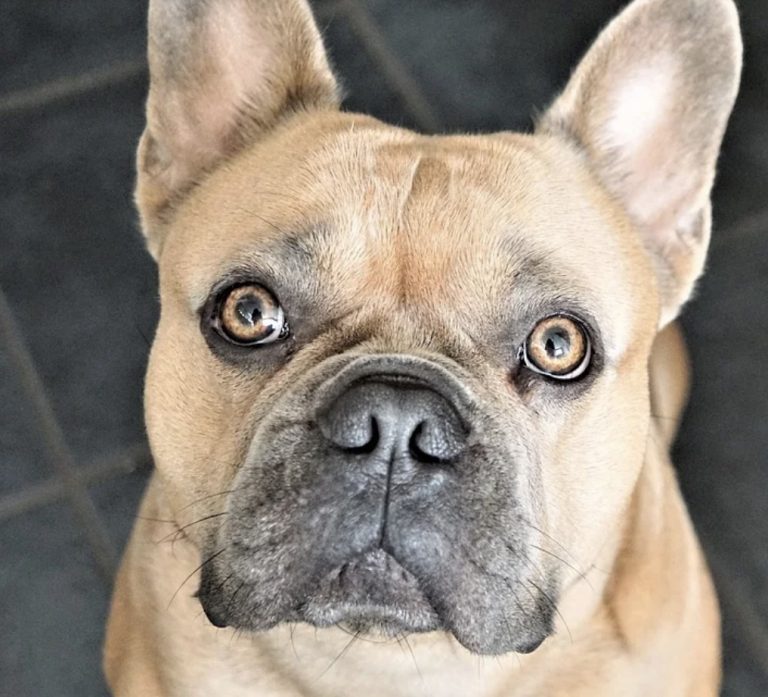What do you consider unwanted behavior? Well, do you consider barking unwanted behavior? Or what about chewing?
Dogs are dogs and they will always display good behavior and bad behavior. No dog is 100% good. You just cannot get that kind of reliability.
Yes, dogs do bad stuff from time to time. Today, we will not talk about the things they do, but how you can change their behavior.
These techniques work differently, but they have one thing in common. They prevent dog owners from getting upset.
Specific redirection
This is the first technique you can use to prevent and reduce unwanted behavior. Specific redirection is when your dog forgets his manners. Somehow, your puppy has forgotten all the things you have taught it.
And this is when you can use the technique specific redirection to communicate three pieces of information. These are the things you want to tell your pet: What you do is wrong, I want you to do this instead, and if there is any potential danger.
For example, let’s say your dog wants to pee on the carpet. Just shout Outside or Toilet. Either of those words communicates so much to your puppy.
Or for example, your dog wants to chew on something he shouldn’t at home. Then, tell him “chew toy”, and redirect him to the chew toys you play with. If your dog is about to jump on people, tell him sit, and he will sit patiently.
And of course, once the dog follows the command, praise him and give him some kibble and more kibble. If you want to communicate potential danger, shout the command, but give better rewards. This tells your dog that when you should he gets better rewards, but also teaches him urgency and danger.
Just remember, when you should, you have to follow it up with something gentle. And most importantly, you cannot stop a dog from doing something if you haven’t taught him the command you want. For example, you cannot stop a dog from jumping if you haven’t taught him to sit.
Repetitive reinstruction
This technique works so well for teaching emergency sit and stop. The premise is quite simple. The more time you interrupt the walk, the more you reward with a walk.
Think about this for a moment. What is the single biggest reward for a puppy? Walking outside, sniffing, or playing.
I have used this technique for teaching Milo to sit whenever we are outside. What is the trick? Well, you interrupt playing and then reward with more playing. So, when we play, Milo has to sit during play and then we continue playing.
There are three basic commands you can use after sitting or stopping. Those are play, come here, walk freely. Either one of them is rewarding for your dog. Come here should always be followed by a treat.
Test your dog’s response reliability
We said before no dog is 100% reliable. You just cannot get that much reliability. There will always be distractions. What you can do is test your dog’s response reliability and gradually increase it.
Here is a simple exercise. Try teaching your dog to sit at a distance. Reliability goes down as you move further from your dog. It is a known fact.
The trick here is to teach your dog to sit from different positions and different distances. Start one yard away from your puppy, and see if it sits.
The goal is to get several successful responses before moving further away from your pup. Then, try to sit from standing, sit from running, sit from playing, and sit from down.
The more you practice, the more reliable your dog will be.






